Archives
- 2025-10
- 2025-09
- 2025-03
- 2025-02
- 2025-01
- 2024-12
- 2024-11
- 2024-10
- 2024-09
- 2024-08
- 2024-07
- 2024-06
- 2024-05
- 2024-04
- 2024-03
- 2024-02
- 2024-01
- 2023-12
- 2023-11
- 2023-10
- 2023-09
- 2023-08
- 2023-07
- 2023-06
- 2023-05
- 2023-04
- 2023-03
- 2023-02
- 2023-01
- 2022-12
- 2022-11
- 2022-10
- 2022-09
- 2022-08
- 2022-07
- 2022-06
- 2022-05
- 2022-04
- 2022-03
- 2022-02
- 2022-01
- 2021-12
- 2021-11
- 2021-10
- 2021-09
- 2021-08
- 2021-07
- 2021-06
- 2021-05
- 2021-04
- 2021-03
- 2021-02
- 2021-01
- 2020-12
- 2020-11
- 2020-10
- 2020-09
- 2020-08
- 2020-07
- 2020-06
- 2020-05
- 2020-04
- 2020-03
- 2020-02
- 2020-01
- 2019-12
- 2019-11
- 2019-10
- 2019-09
- 2019-08
- 2019-07
- 2019-06
- 2019-05
- 2019-04
- 2018-07
-
Based on their different sources the APN
2024-03-11
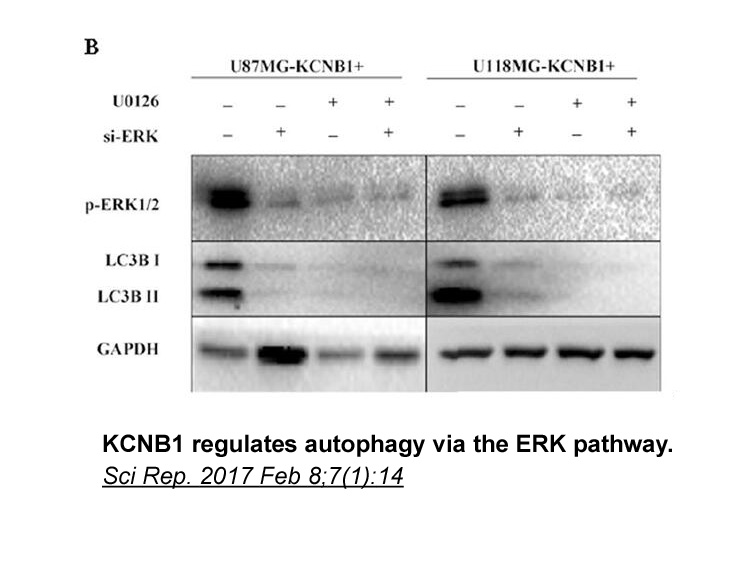
Based on their different sources, the APN inhibitors (APNIs) can be divided into the natural products and synthetic compounds. Bestatin (1, Fig. 1), isolated from the Streptomyces oliuoreticuli by Umezawa et al., is the first reported and only marketed natural dipeptidomimetic inhibitor of APN. Afte
-
Although the immobilization by histidine tag exhibits effect
2024-03-08
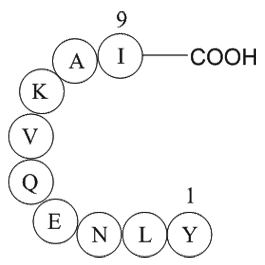
Although the immobilization by histidine tag exhibits effectiveness in oriented enzyme immobilization, it still faces some challenges [31]. On one hand, some unnecessary metal-binding proteins that interfere with the combination between the target protein and the supports or the additional interacti
-
where is the breaking force In the following the details
2024-03-08
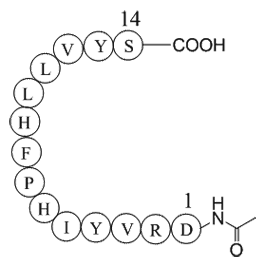
where is the breaking force. In the following, the details of the simulation are presented and subsequently, the results are discussed. The initial atomic structure is extracted from the crystal structure of single AF (PDB identification 3G37) which consist 12 monomers. As aforementioned 4 monomer
-
HT receptors are distributed throughout the brain within the
2024-03-08
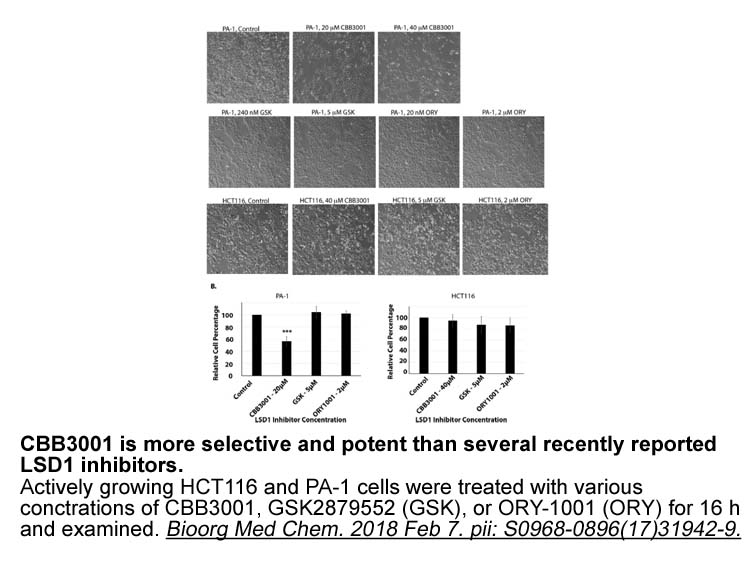
5-HT3 receptors are distributed throughout the brain, within the brainstem (e.g., nucleus tractus solitarius, area postrema and spinal trigeminal nucleus) and tetraethylammonium (e.g., hippocampus, amygdala, nucleus accumbens, putamen and caudate) (Abi-Dargham et al., 1993, Barnes et al., 1989, Buf
-
br Dihydrotestosterone in adult fish and frogs br New perspe
2024-03-08
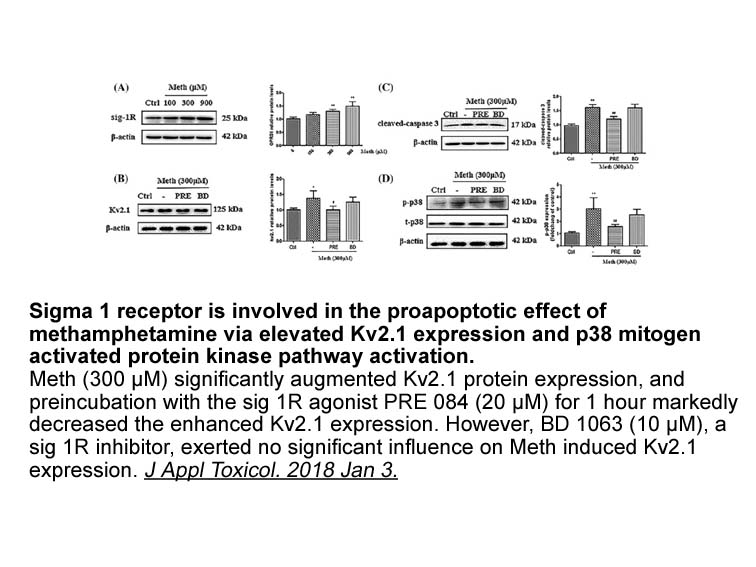
Dihydrotestosterone in adult fish and frogs New perspectives and next directions Similar to other androgens, DHT can modulate reproductive endpoints in both fish and amphibians. However, predicting the effects of DHT can be challenging, as reproductive homeostasis is dependent upon the balance
-
Additionally in a previous transgenic model with autotaxin u
2024-03-08
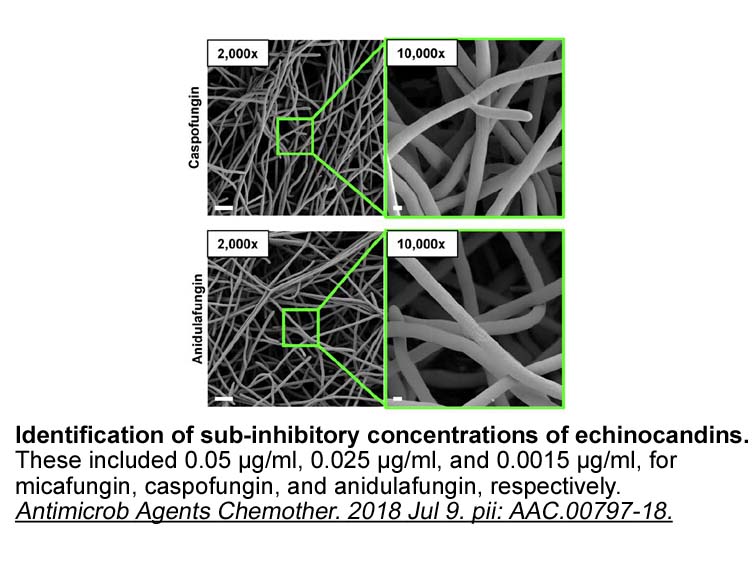
Additionally, in a previous transgenic model with autotaxin under the control of the MMTV-LTR promoter, aberrant expression of human autotaxin caused late-onset, metastatic breast cancer [5]. The AT-ATX transgenic model is analogous to the previous one because ∼30% of all spontaneous tumors appeared
-
br ACL A Metabolic Checkpoint
2024-03-08

ACL: A Metabolic Checkpoint for Sensing Excess Nutrients? During normal transitions between fasting and feeding, cells maintain energy homeostasis by integrating energy and nutrient status signals at key metabolic nodes, coordinating multiple processes. For example, the AMP-activated protein kina
-
In the nineties we knew
2024-03-08
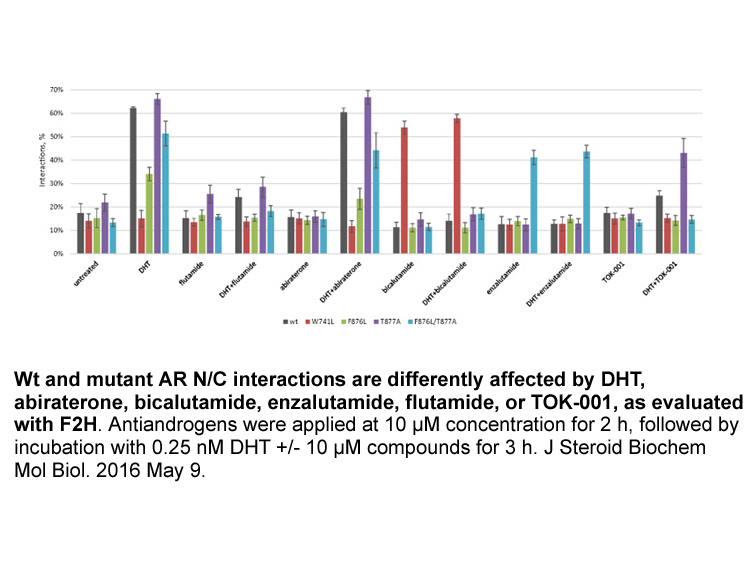
In the nineties we knew that (-)baclofen was the stereo-selective ligand for the GABAB receptor which had been recognised by Norman Bowery as a receptor for GABA, which was different from the GABAA receptor (Hill and Bowery, 1981). GABAB receptor antagonists were also synthesised and made available
-
Cerebral ischemia occurs following the
2024-03-08

Cerebral ischemia occurs following the occlusion of a cerebral artery by a thrombus and causes cell swelling due to cytotoxic edema and BBB disruption with vasogenic edema (Loreto and Reggio, 2010, Nakaji et al., 2006, Shibata et al., 2004). Vasogenic edema is directly linked to alteration of the B
-
Several strategies have been employed to design
2024-03-07
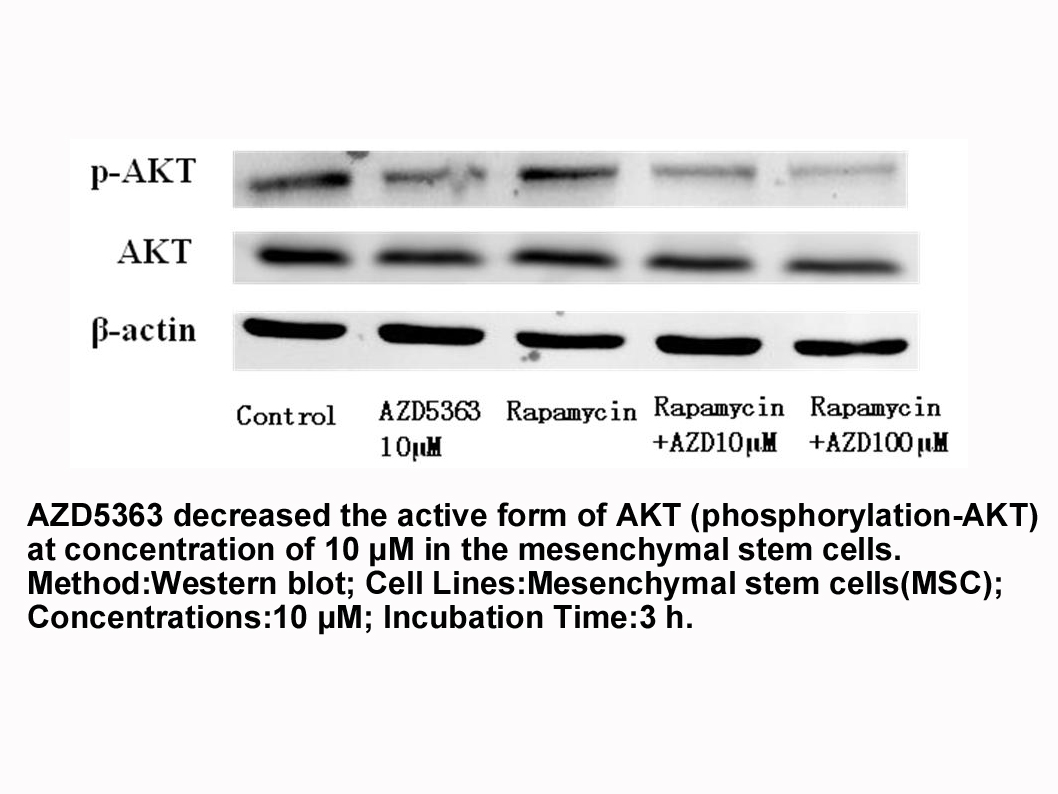
Several strategies have been employed to design and engineer peptide biosensors of kinase activity, which are quite different from the strategies developed to generate genetically encoded KARs. In all cases, UO 126 induces changes in the spectral properties of the fluorophore(s) incorporated into t
-
br Experimental section br Acknowledgements This work was fu
2024-03-07
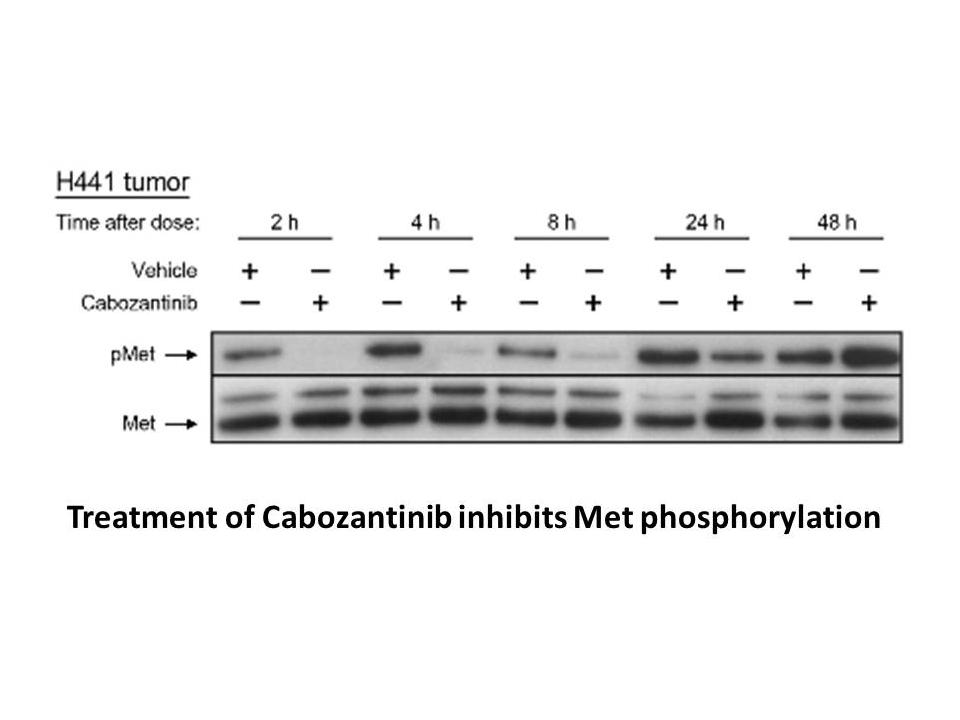
Experimental section Acknowledgements This work was funded by the Italian Association for Cancer Research (AIRC IG18590 to A.A.), by “Fondi di Ateneo-University of Pisa” years 2009 and 2010 (E. N., S. N., E. O., and A. R.) and partially by the Unipi project P.R.A.2016_27 (E. N., E.O. and A. R.
-
However from our meta analysis emerge
2024-03-07
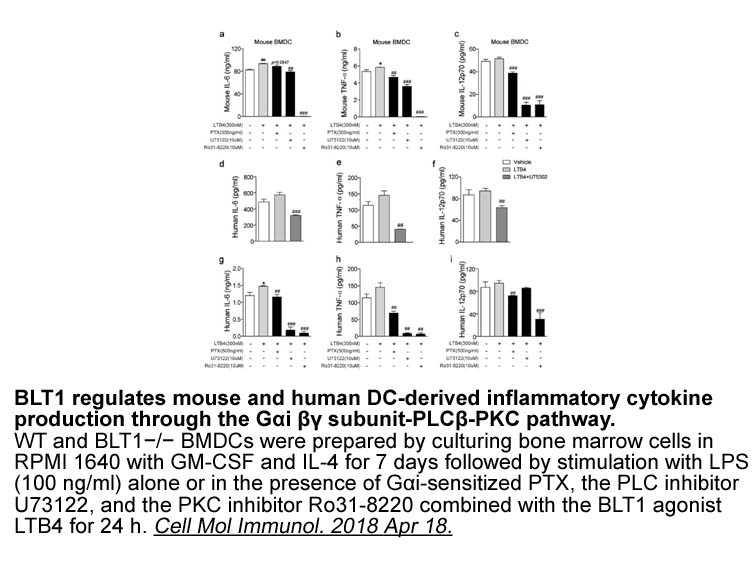
However, from our meta-analysis emerge some strategic considerations for the continued use of antiangiogenic drugs for glioblastoma patients: Conflict of interest Funding Introduction Angiogenesis is a physiological process involving the formation of new blood vessels from pre-existing blo
-
The AMP Activated Protein Kinase AMPK has evolved as an
2024-03-07
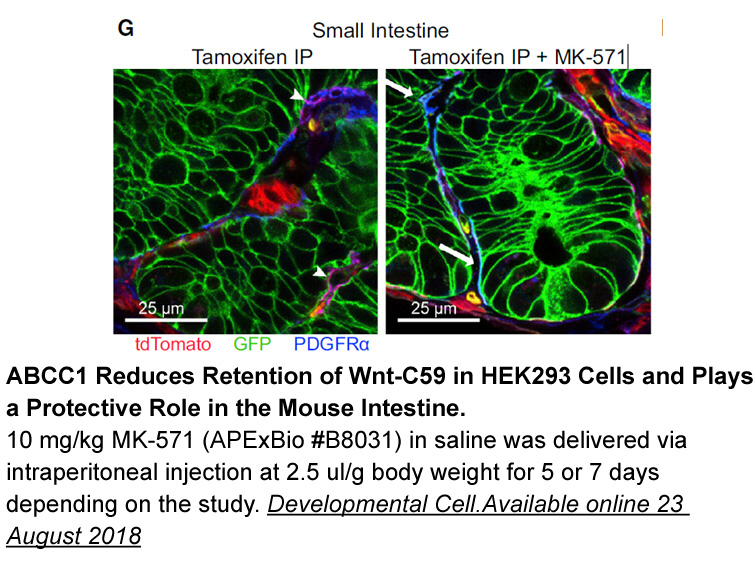
The 5′AMP-Activated Protein Kinase (AMPK) has evolved as an important cellular sensor of reduced energy status that can subsequently phosphorylate its target proteins, slowing the rates of key biosynthetic processes and promoting energy producing pathways; for these reasons AMPK has been proposed as
-
Although AMPK is a negative regulator of bioenergetic reprog
2024-03-07
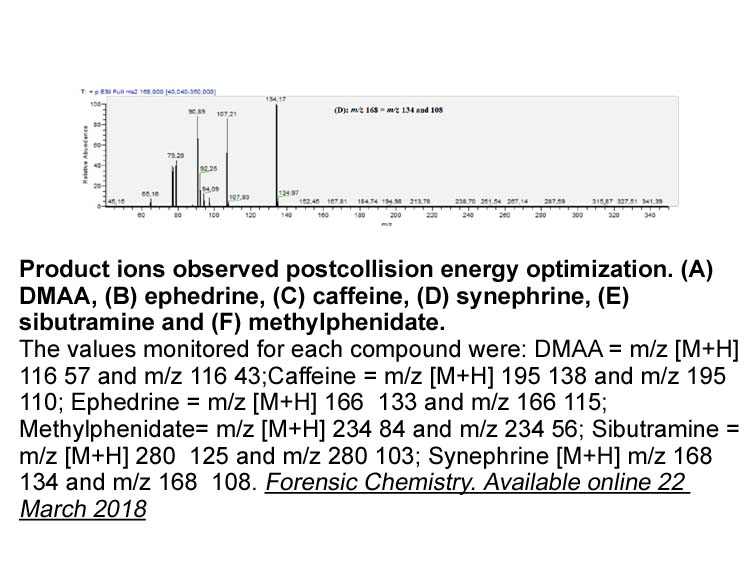
Although AMPK is a negative regulator of bioenergetic reprogramming in cancer cells, little is known about the role of AMPK in immunometabolism in sepsis. Our current study indicates that AMPKα dysfunction enhances PKM2-dependent aerobic glycolysis, which results in HMGB1 release in macrophages and
-
The glutamate receptors are important to the
2024-03-07
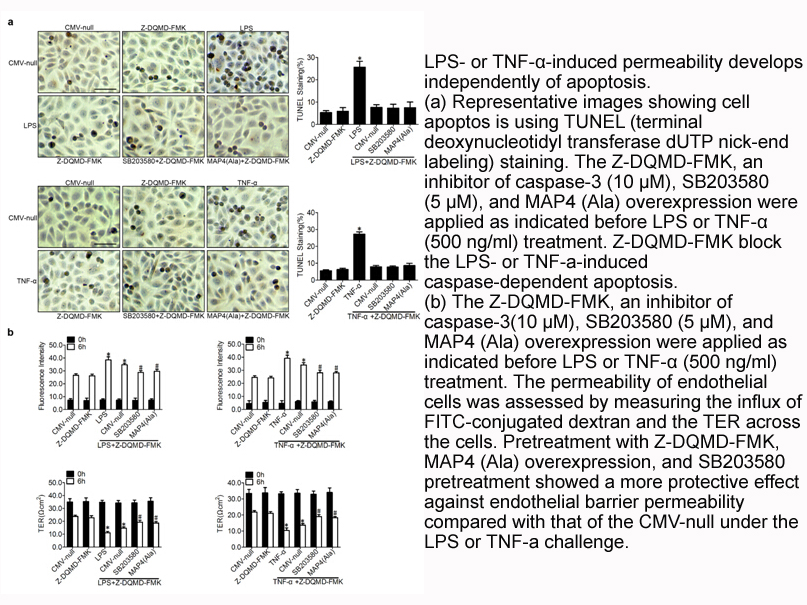
The glutamate receptors are important to the glioma Ristocetin A sulfate from escaping the excitotoxicity under physiological conditions. There are three subtypes of ionotropic glutamate receptors, including NMDA, kainate, and AMPA receptors, which are relating to diverse Ca2+ permeability. Glioma
15960 records 177/1064 page Previous Next First page 上5页 176177178179180 下5页 Last page